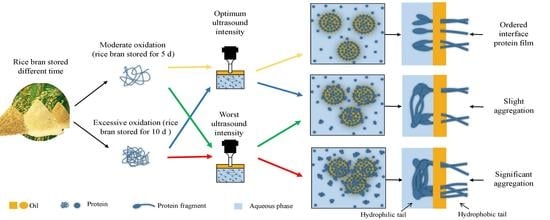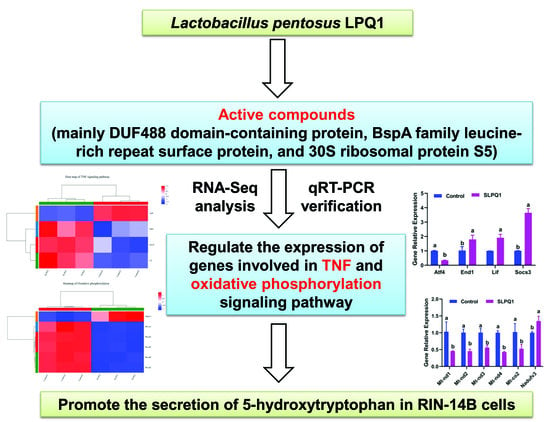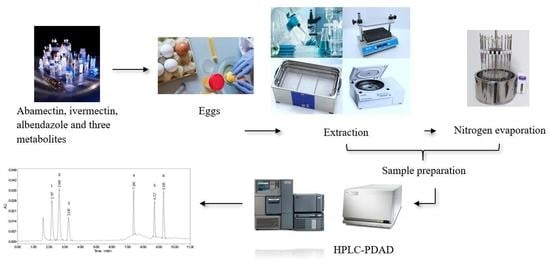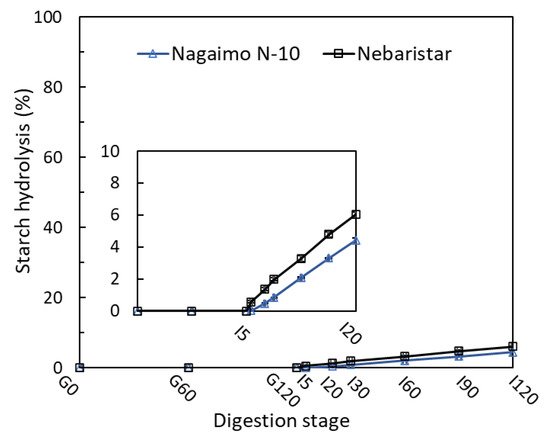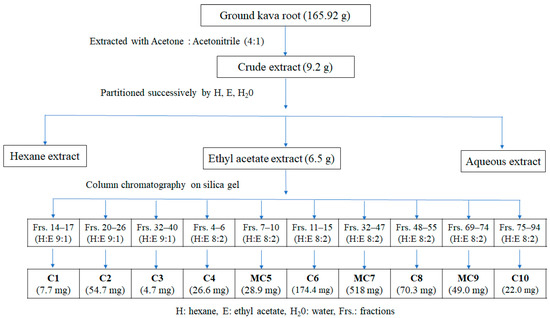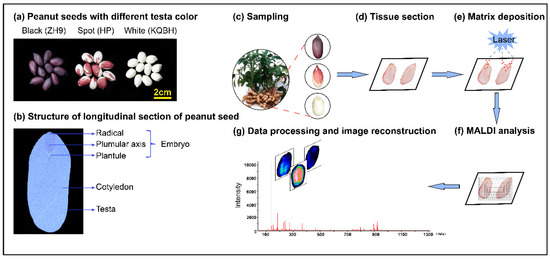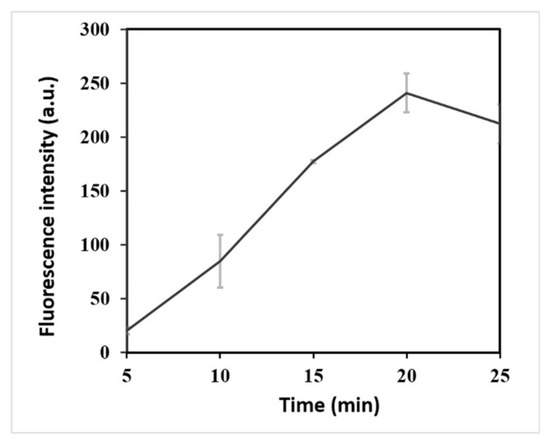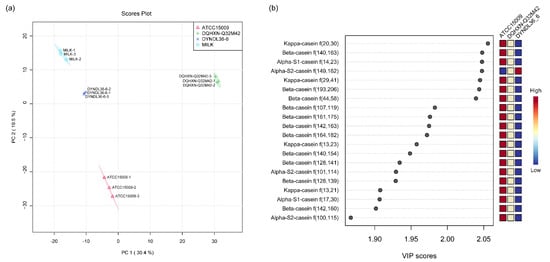Foods 2022, 11(23), 3897; https://doi.org/10.3390/foods11233897 - 2 Dec 2022
Cited by 17 | Viewed by 2651
Abstract
The volatile compounds in Jinhua ham samples after different aging times were characterized using solvent-assisted flavor evaporation (SAFE), solid-phase microextraction (SPME), and needle trap (NT) extraction methods combined with gas chromatography–time-of-flight mass spectrometry (GC–TOF/MS). Hundreds of aroma compounds were identified, including aldehydes, alcohols,
[...] Read more.
The volatile compounds in Jinhua ham samples after different aging times were characterized using solvent-assisted flavor evaporation (SAFE), solid-phase microextraction (SPME), and needle trap (NT) extraction methods combined with gas chromatography–time-of-flight mass spectrometry (GC–TOF/MS). Hundreds of aroma compounds were identified, including aldehydes, alcohols, ketones, furans, esters, acids, pyrazines, and sulfides. The results showed that NT extracted the greatest number of volatile compounds, whereas the extraction efficiency of SPME headspace adsorption was highest among the three sample preparation methods. Principal component analysis of SPME effectively distinguished the variation in the aroma of the Jinhua hams specific to aging time. Butyrolactone, 2,6-dimethylpyrazine, 2,3,5-trimethylpyrazine, phenylacetaldehyde, and acetic acid were considered as the main volatile compounds in the Jinhua ham samples at three years of aging. The results showed that SPME–GC–TOF/MS effectively discriminated among samples by age. By comparing the three extraction methods, this study provides a theoretical basis for the selection of extraction methods of volatile aroma compounds in Jinhua ham.
Full article
(This article belongs to the Special Issue Food Perception: Taste, Smell and Flavour)
►
Show Figures

